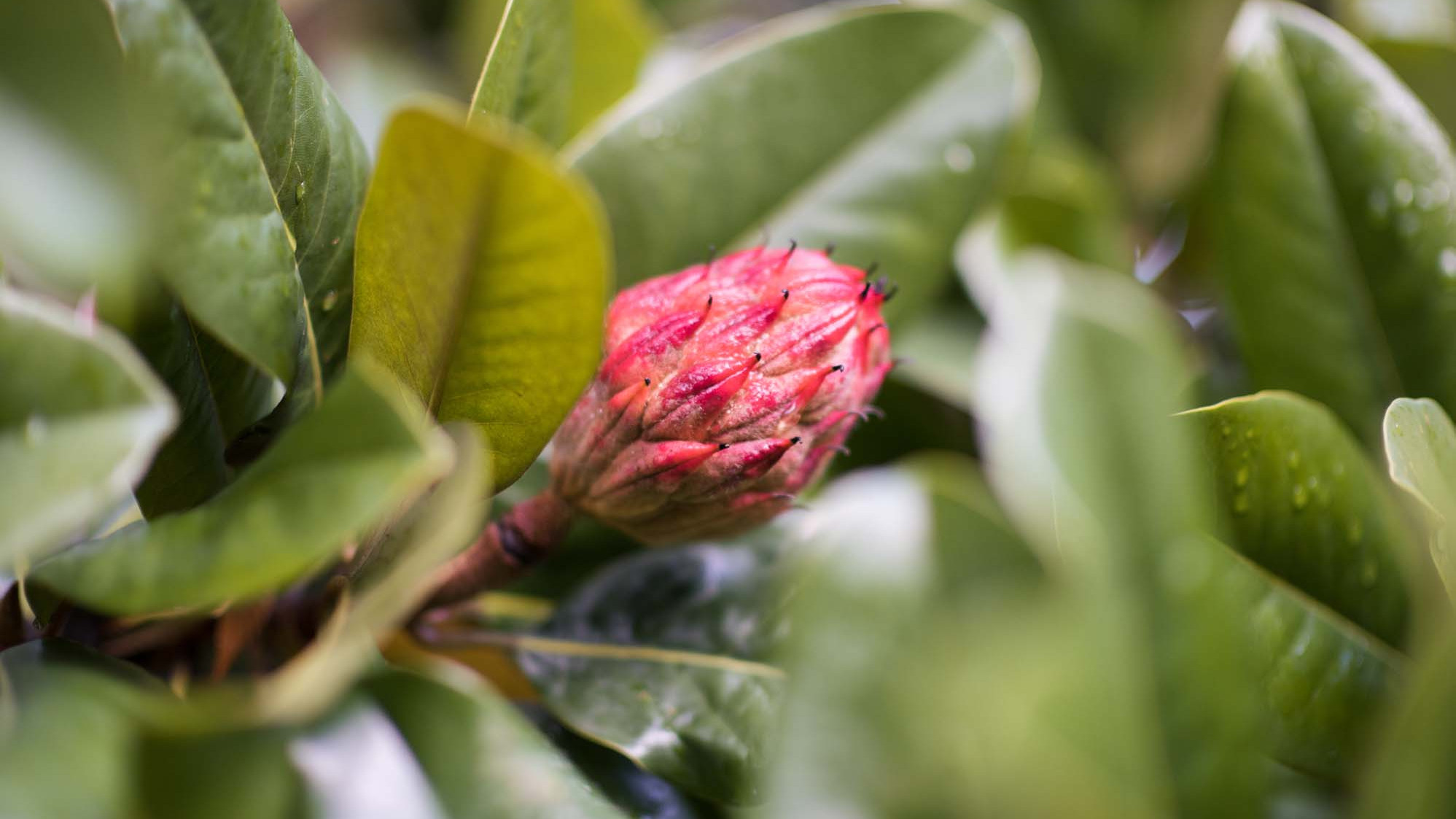Plant collections
Tucked away beside the River Thames in London, Chelsea Physic Garden is home to a unique living collection of around 4,000 different edible, useful, medicinal and historical plants contained within its sheltering walls.
The Garden’s warm micro-climate means that many tender plants flourish here including a number of rare and endangered species. Discover the largest outdoor fruiting olive tree in Britain and the world’s most northerly outdoor grapefruit tree. From pomegranates to ginkgos, mulberries to eucalyptus, there are over 100 different species of tree in the Garden, many of which are rare in Britain. The Glasshouses hold a collection of tropical and sub-tropical species, complemented by a Victorian Cool Fernery.
Glasshouses
Our Foster and Pearson glasshouses are over a hundred years old. Glasshouses have a long tradition at the Garden, they’ve allowed many a gardener to cultivate exotic species for over 300 years.
Many of the plants introduced to Chelsea Physic Garden, such as rubber, cocoa and coffee, are inextricably linked with both the Garden’s history of horticultural innovation and the role it played in the colonial exploitation of plant resources across the British Empire, often at the detriment of indigenous and enslaved individuals who were displaced, enslaved or otherwise disadvantaged by this ideology. This complex and uncomfortable relationship is something that we explored as part of our Glasshouse Restoration Project.
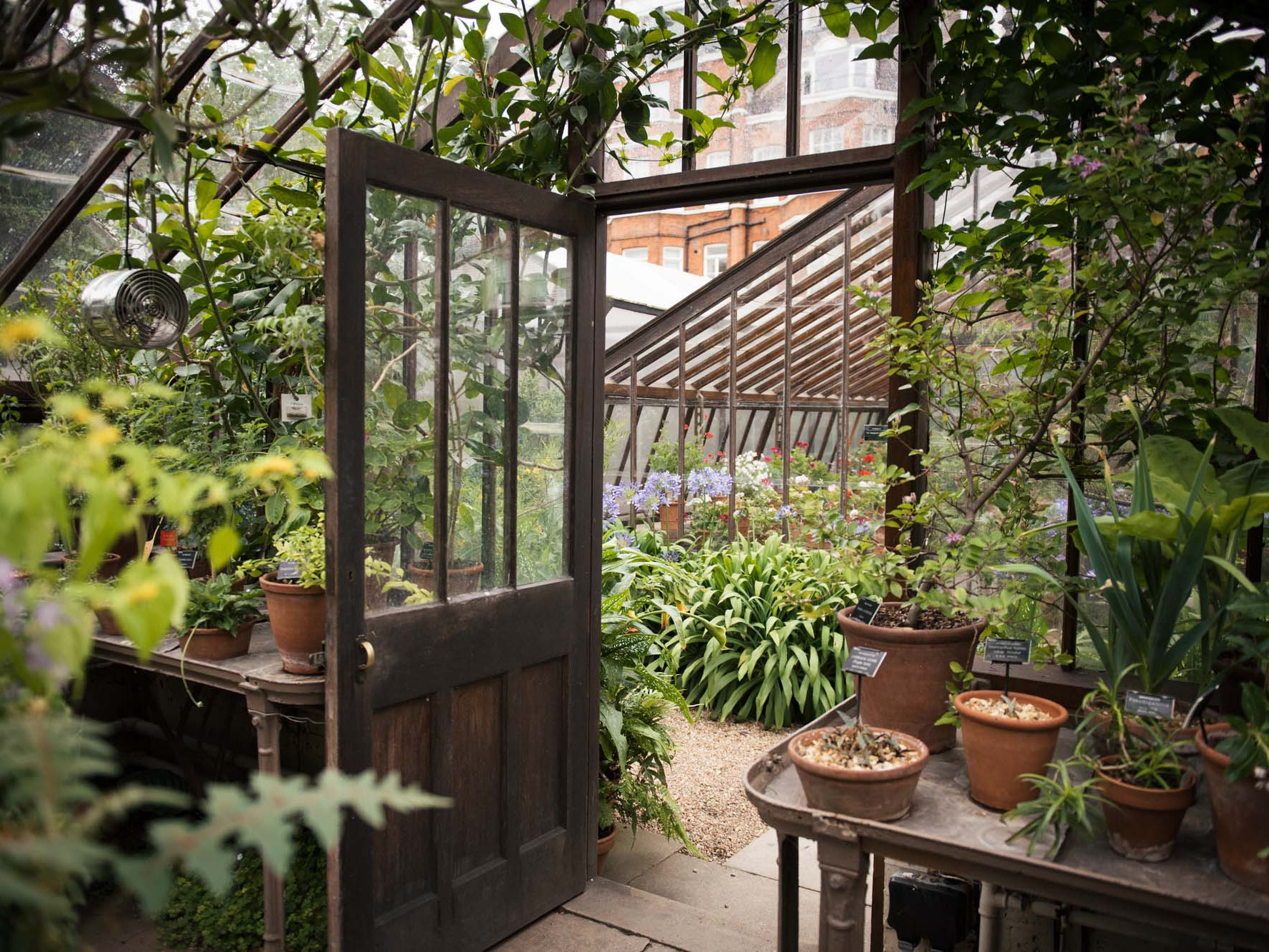
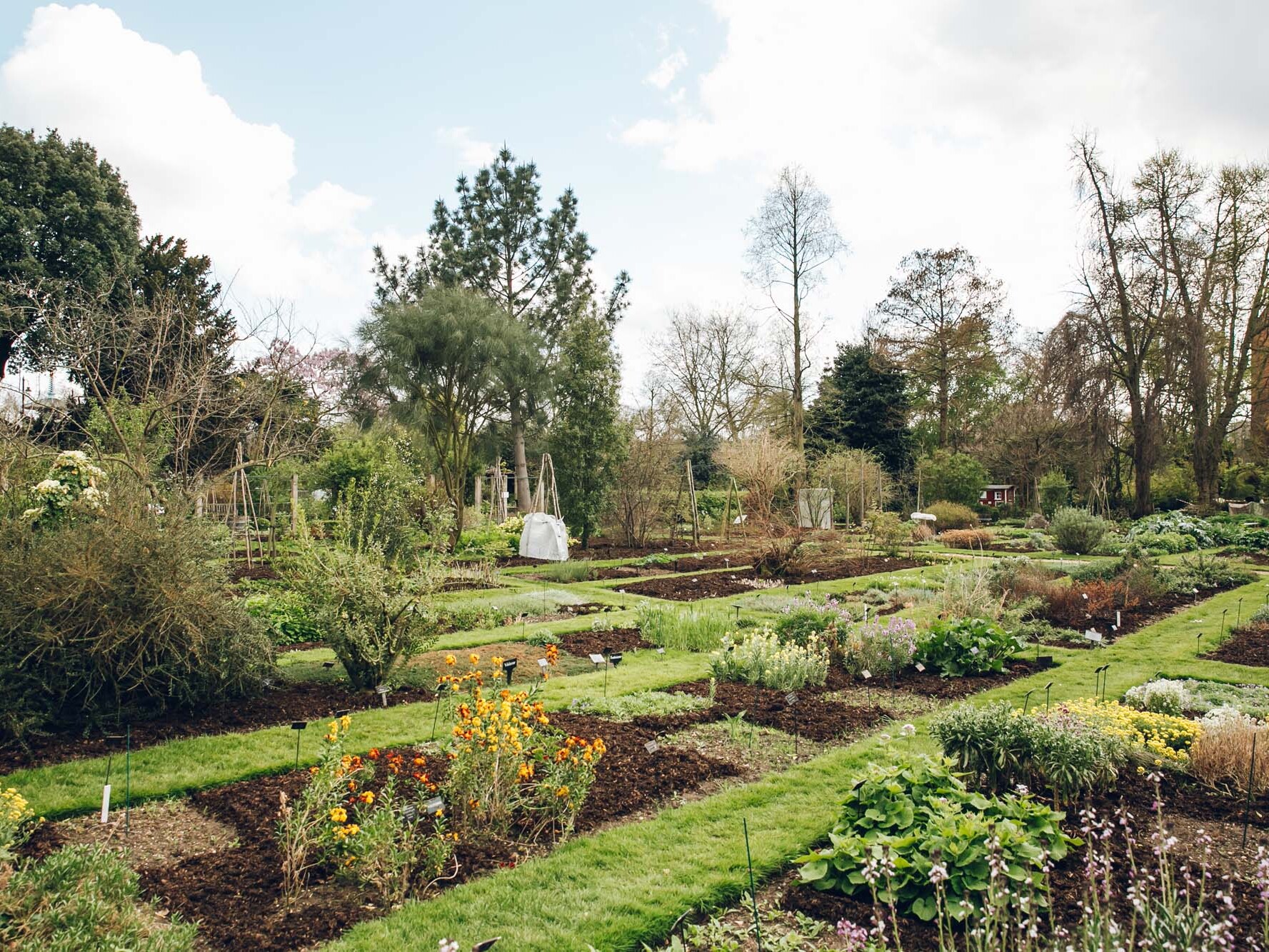
Dicotyledon Order Beds
The Order Beds were laid out in 1902. In these beds, you will find over 800 plants laid out according to their families.
Flowering plants known as Angiosperms are divided into two groups. Dicotyledons (with two seed leaves at germination) and Monocotyledons (a single leaf at germination). This area focuses on the dicots and a selection of the three hundred plant families they are divided into.
Plants are based in families according to their flower structures. They represent some of the dicots, arranged in a linear sequence of families based on a system established by botanists George Bentham (1800-1884) and Joseph Dalton Hooker (1817-1911).
Classification is set to change in the future. Thanks to modern science, botanists can now classify plants according to their DNA sequence. There will be many changes to plant names and families over the coming decades as it is the aim of the Angiosperm Phylogeny Group (APG) to analyse all of the names plants on Earth!
Pond Rockery
The Pond Rockery has stood at the centre of the Garden since 1773. It is a Grade II listed structure and thought to be the oldest rock garden in Europe.
The Pond Rockery has a fascinating history. Today it supports a range of Mediterranean plants but it was originally built to house alpine plants. Although the Garden’s unique micro-climate should be well suited to many of these species climate change means that it is too hot to grow alpines in this area. You can read more about the Garden’s Microclimate Emergency by clicking on the link below.
You’ll spot a bust of the famous plant hunter Joseph Banks at the front of Pond Rockery, overlooking the basalt he used as ballast on the ship St Lawrence when he sailed it to Iceland in search of new plants. There are also fused bricks from a brick kiln in Chelsea and clam shells from a voyage to Tahiti with Captain Cook, plus pieces of masonry from the Tower of London- an eclectic mix!
The pond itself is home to some aquatic plants. The central island houses examples of the carnivorous genus Sarracenia. These pitcher plants enjoy the humid, boggy, acid conditions provided on the pond island.
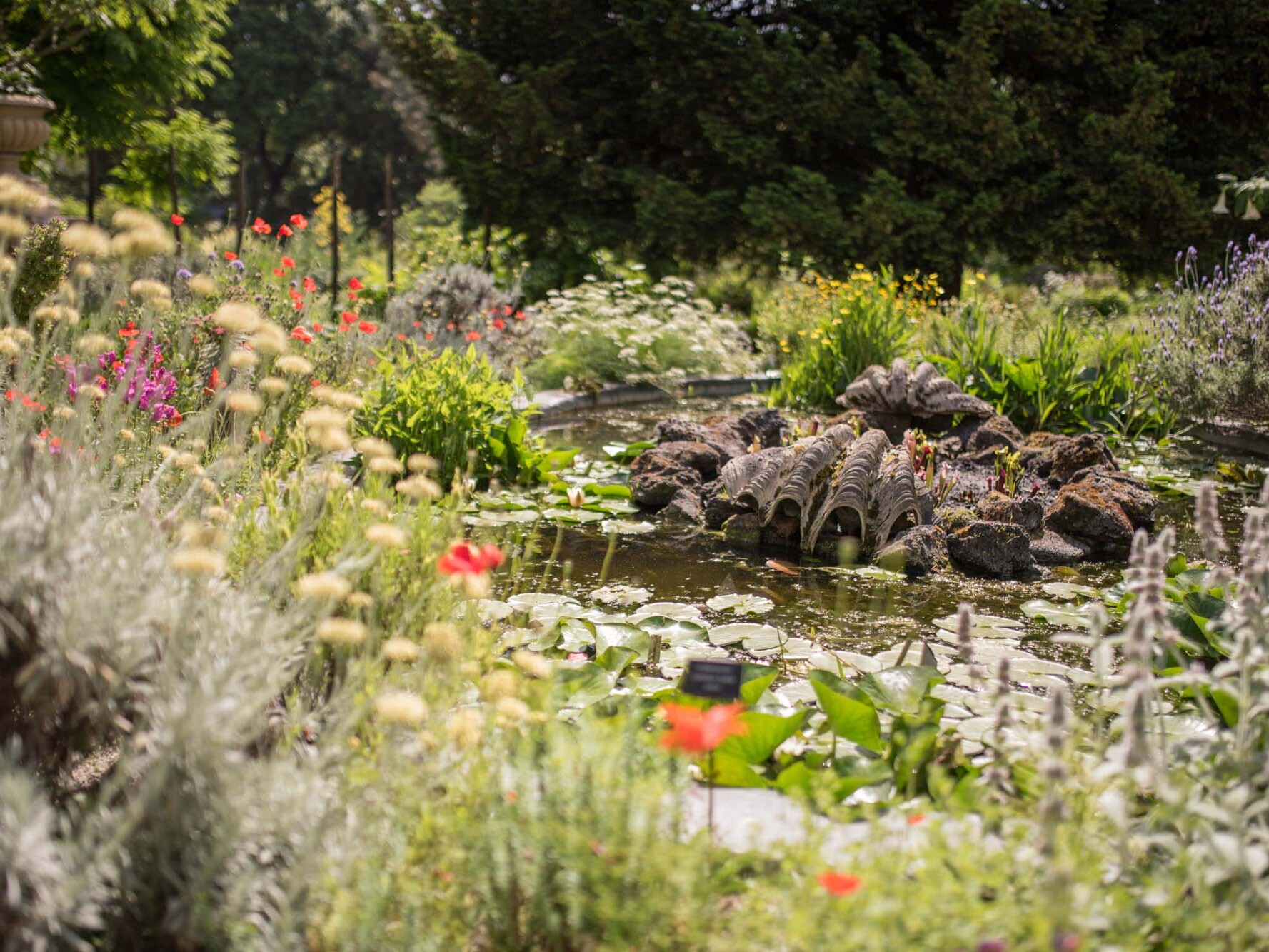
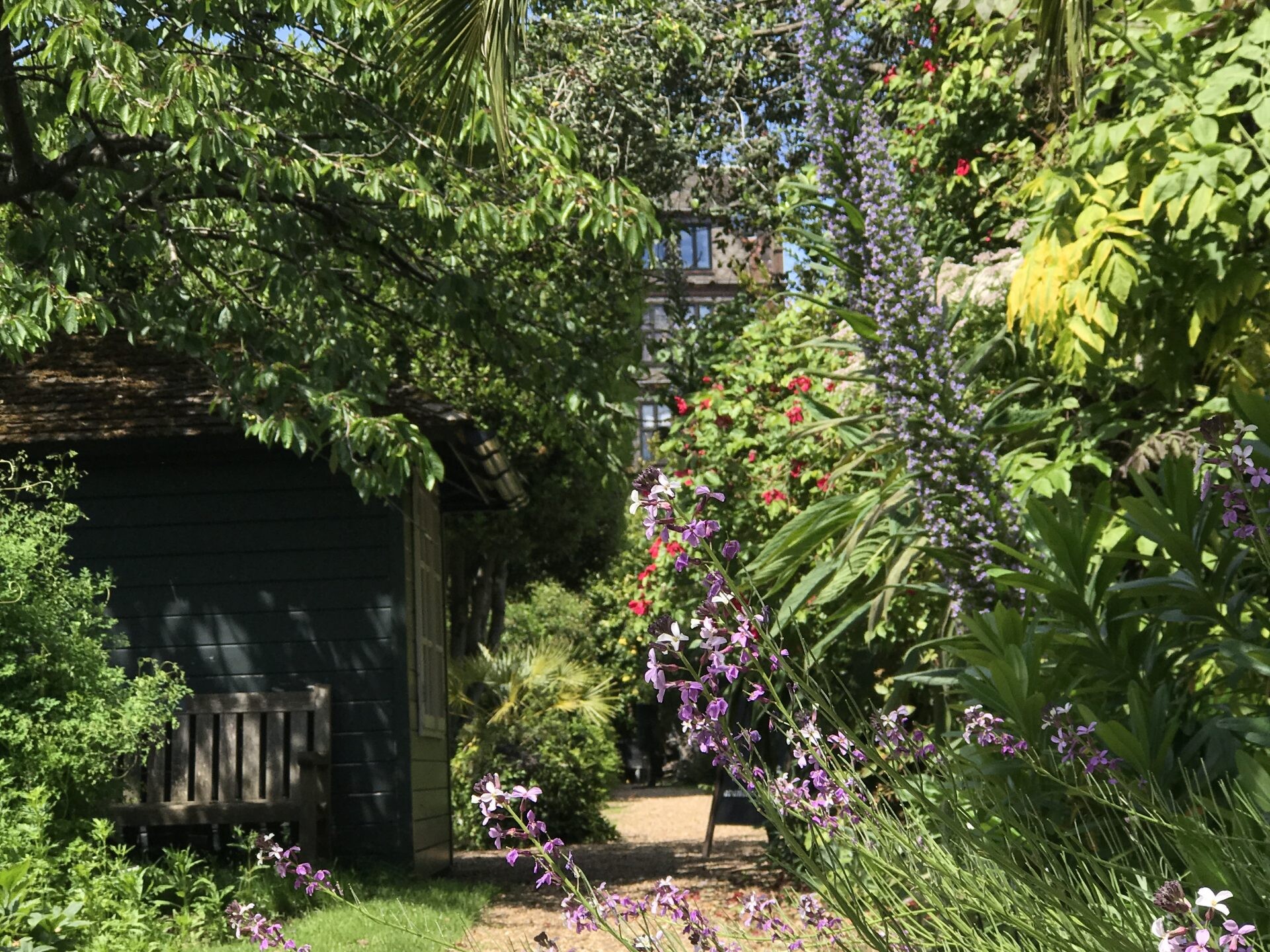
Atlantic Islands Border
Planted along the warmest wall of the garden is an extensive collection of species from the Canary Islands and Madeira.
This collection includes rare and endangered species from Crete, the Atlantic Islands, Maderia and the Canary Islands. Plants include species of Argyranthemum, Lavandula, Lotus, the impressive Echium pininiana with its 8-foot blue flower spikes and the rare Echium wildpretii from the top of the volcano (Mount Teide) in Tenerife. Many of these species only thrive here thanks to the Garden’s unique microclimate. Chelsea Physic Garden and other botanic gardens grow these island species in order to conserve and protect this unique flora. Seeds are freely swapped and exchanged annually via the Index Seminum 2017.
You can find a number of the more tender plants from these islands in our Atlantic Islands Glasshouse.
Historical Walk
The Historical Walk laid out along the western side of the garden in the 1980s, has been planted to show the work of some of the best-known people associated with the Garden’s history over the last 300 years, through plants introduced or first named by them.
Since 1673, the Garden has seen some of the most famous names in horticultural history associated with it, and their legacies live on today. Throughout the 1700’s, the Garden became the world’s leading centre for plant exchange and distribution thanks to these pioneers. Some of the species they introduced are displayed in this Historical Walk, including plants introduced or grown for the first time in Britain by famed Head Gardener, Philip Miller, and rare seen tender species from Australia and New Zealand introduced by Joseph Banks.
This history is complex and often uncomfortable. While the exploration and curiosity of these individuals mean we have a diverse living collection, figures such as Miller and Banks also played a key role in the horticultural colonialism of the British Empire. Economic exploitation of plants was often pursued for the benefit of the Empire to the detriment of enslaved and indigenous people. The Garden is working hard to find the best ways of telling these stories and bringing to light the horticultural knowledge and excellence of the marginalised groups that the ideology of empire often erased.
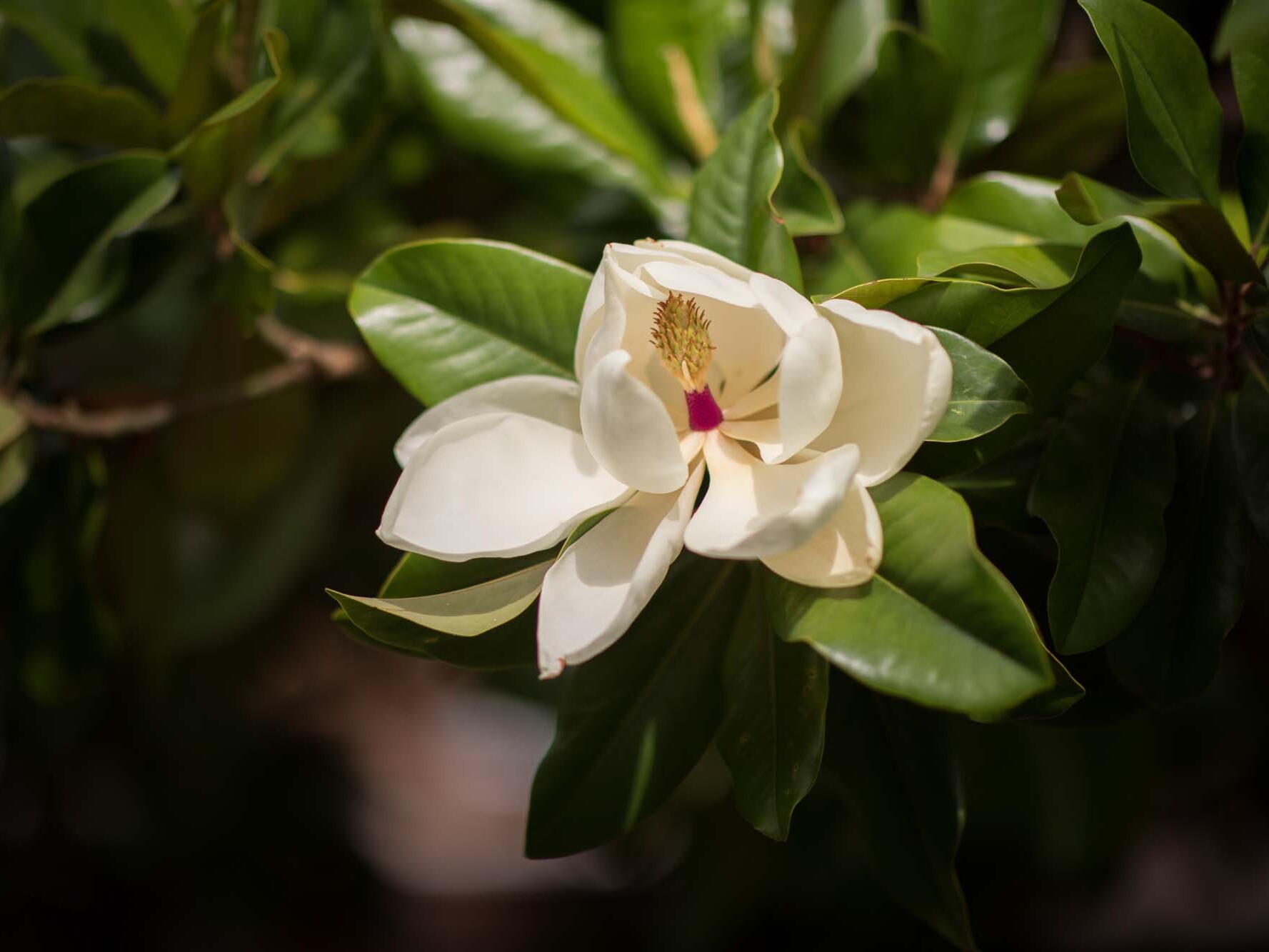
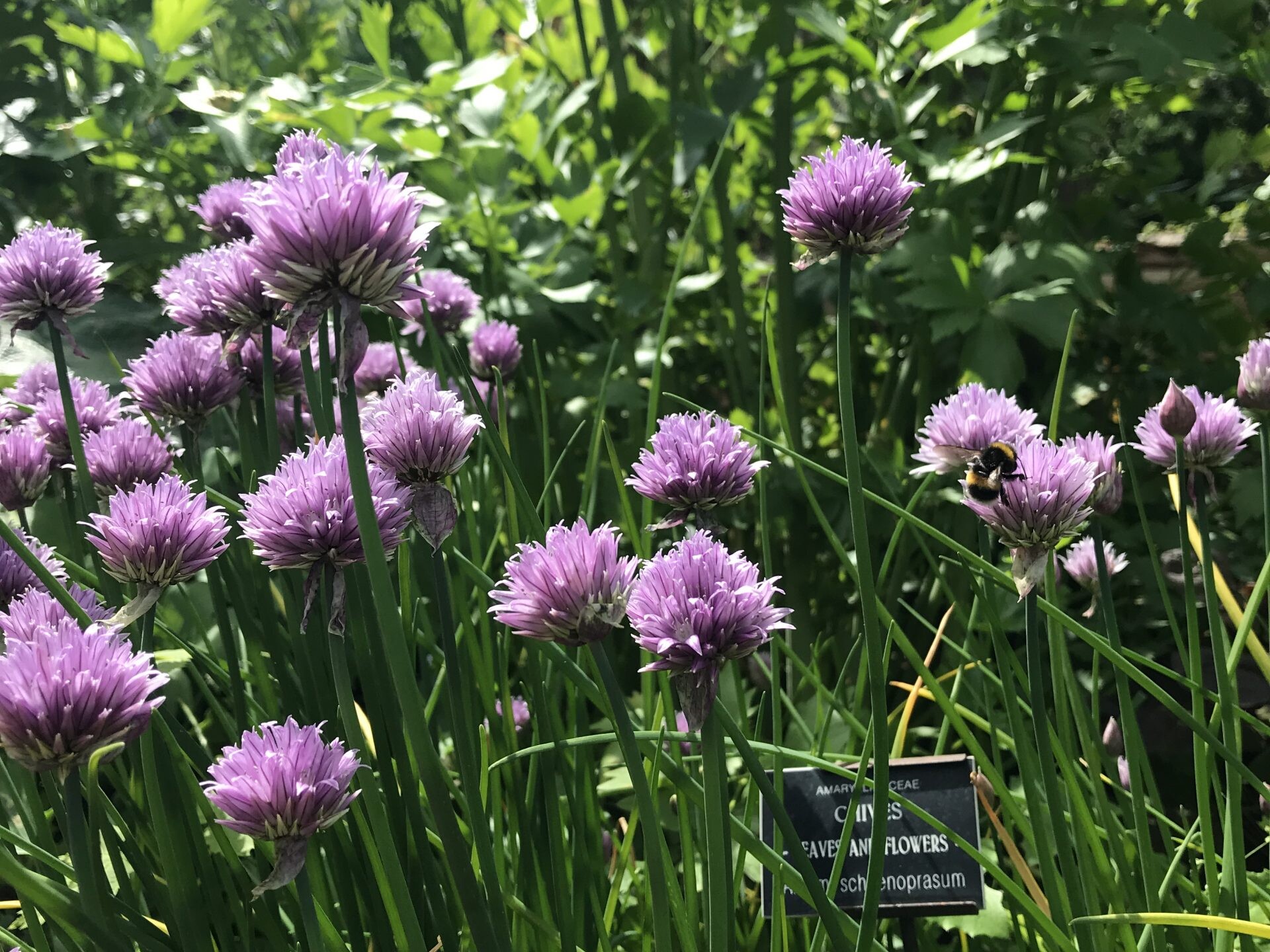
The Garden of Edible and Useful Plants
The Garden of Edible Plants
Chelsea Physic Garden occupies land formerly utilised as market gardens, and so has a long history of growing edible crops. The Garden of Edible plants created in 2012, showcases a diverse collection of fruits, vegetables and herbs. Beds in the centre display plants according to their vitamin content and the surrounding beds demonstrate a range of unusual and tender herbs and spices, along with plants used to produce edible oils and alcohol.
Did you know that of the more than 20,000 different edible plants on earth, only around 20 are in common production? Find out more about some of the more unusual species in the Garden!
The Garden of Useful Plants
The Garden shows over 200 species used both historically and today. It aims to bring people closer to the plants which are inextricably woven into our everyday lives. An eclectic mix, you’ll find beds with plants used in everything from housing to dyes to fabrics and much more. In the centre of the area sits a bee forage – a collection of plants useful for attracting pollinators to other crops.
World Woodland Garden
Woodland and wilderness areas have been part of the fabric of Chelsea Physic Garden for over 250 years. The World Woodland Garden focuses on medicinal and useful plants from forest environments across three regions: North America, Europe and East Asia. Woodlands are among the richest habitats on Earth, supporting tens of thousands of species of plants and animals.
The Garden houses 150 species of plants used for medicine, clothing, tools, shelter and food. The collection aims to demonstrate the many ways in which we make use of the plants and trees that occur in these biodiversity hot-spots.
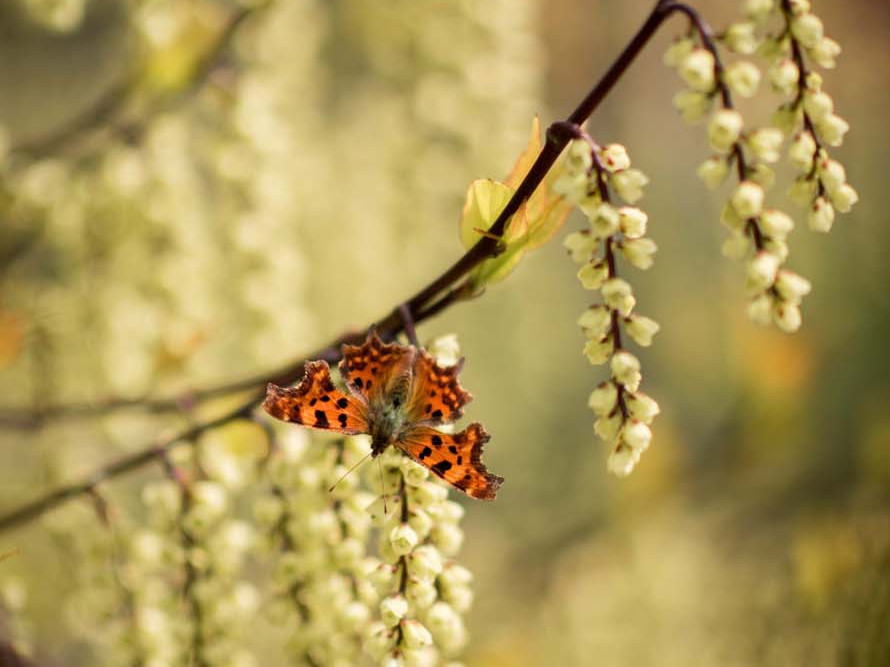
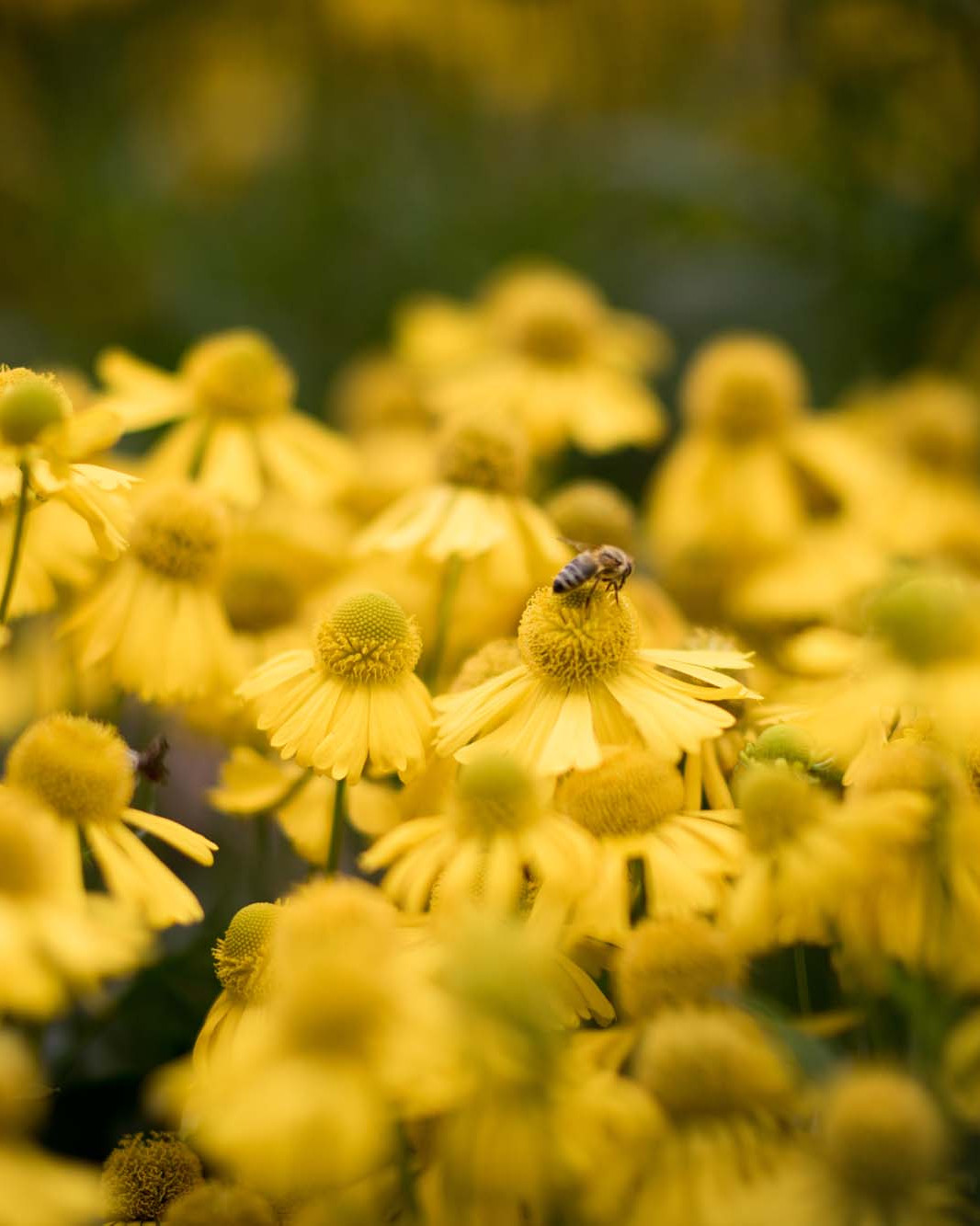
The Garden of Medicinal Plants
When the Garden was first established by the Worshipful Society of Apothecaries in 1673, its role was to provide a place where they could grow all of the plants which young apothecaries could learn to identify key medicinal plants. This area is an area where apothecaries would have grown medicinal plants in the 17th and 18th centuries. We of course no longer train apothecaries at the Garden, but we are still visited by medical students wishing to learn about the history of plant-based medicine.
The plants are displayed here in a series of themed rooms.
World Medicine Collection
Beds dedicated to medicine throughout every region of the world, some of the plants traditionally used by healers, shamans, witch doctors and herbalists over the last 5,000 years.
Dioscorides Bed
Displays some of the plants first listed by the first-century Greek pharmacologist, physician and botanist Dioscorides (c.40-c.90AD) in his book of medicinal plants.
Officinalis Beds
Early pharmacies were known as officinas and this bed displays the type of plants that would have been sold.
Traditional Medicine of the British Isles
A range of plants grown by the Apothecaries in the Garden between the 17th and 19th centuries are grown here.
Pharmaceutical Plants
Plants form the basis of around a quarter of all modern western medicines. Here each bed represents a different medicinal discipline, including Oncology and Dermatology. There are around 60 plants, all of which are vital to modern medicine.
Herbal Remedies
Displays numerous herbal remedies. Herbal remedies prepared directly from plants are relied on by over 80% of the world’s population despite having little scientific evidence.


